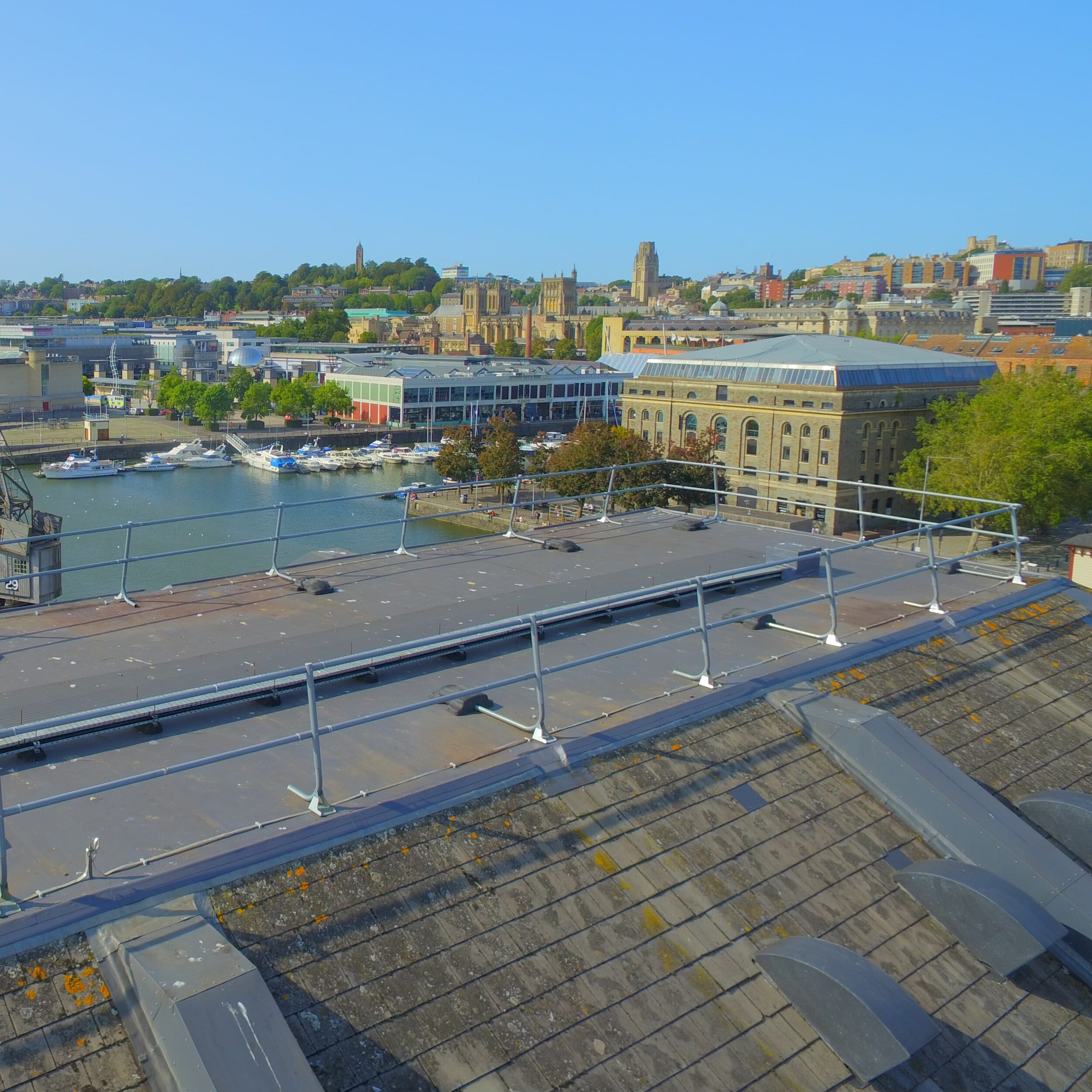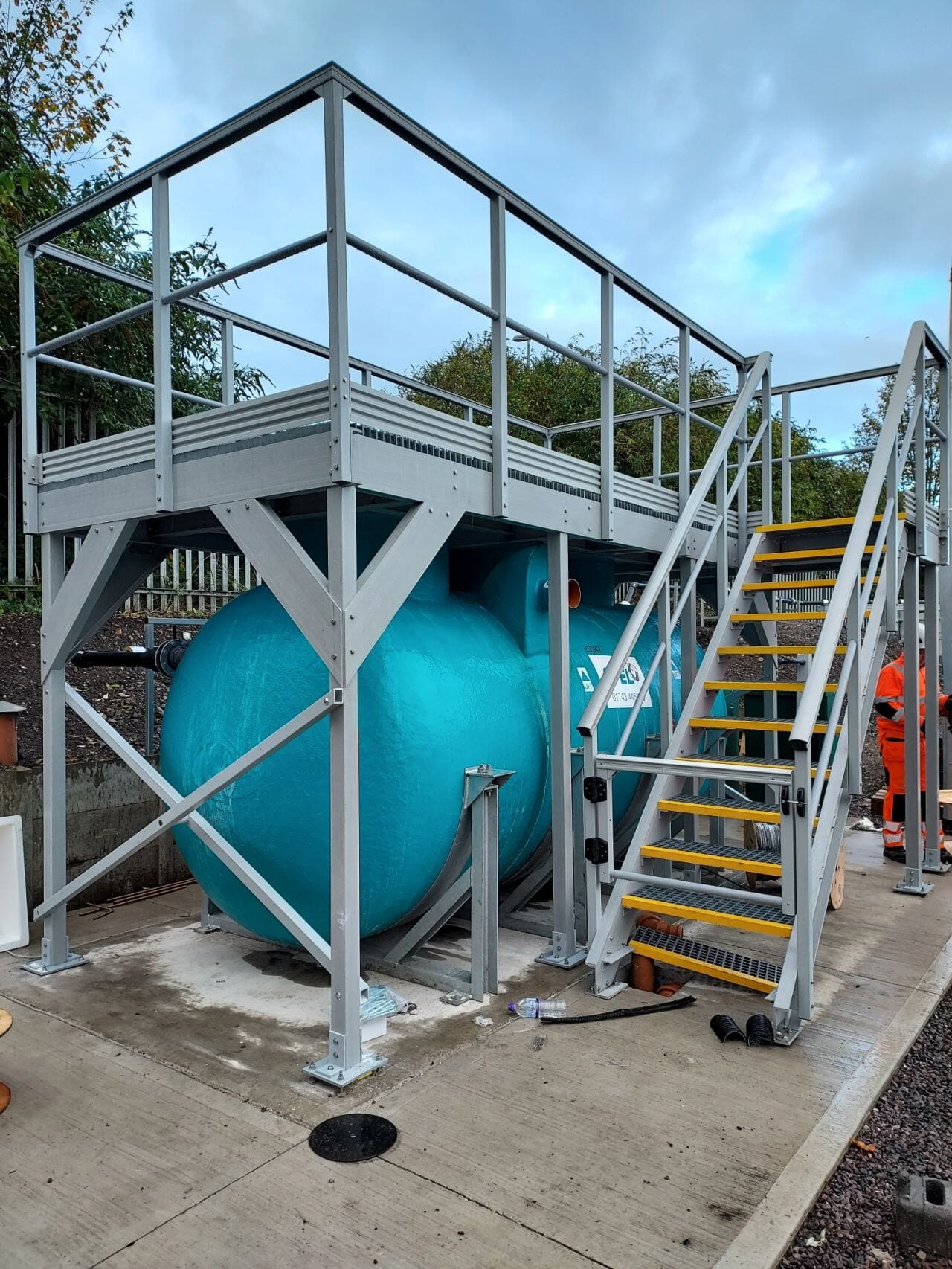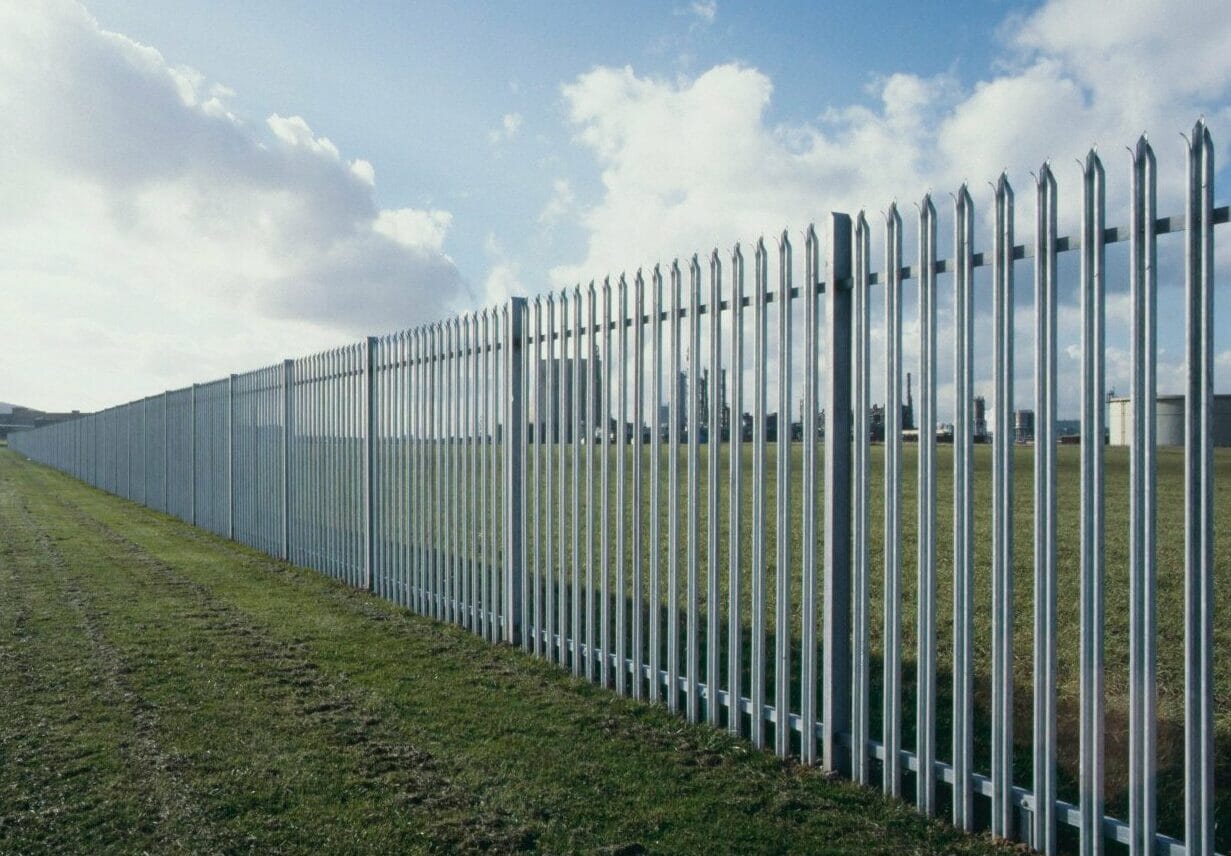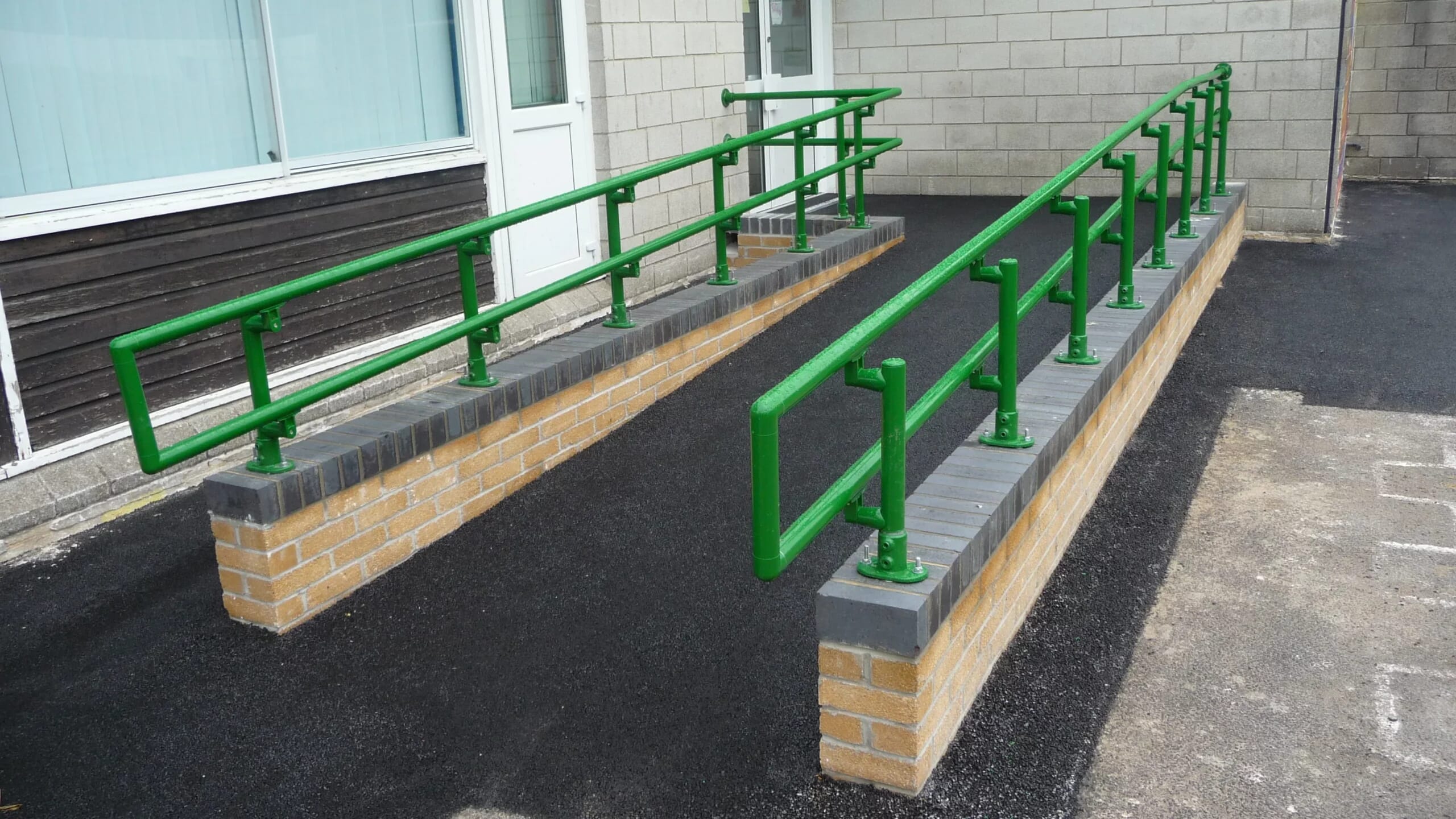Common height safety mistakes and how to avoid them
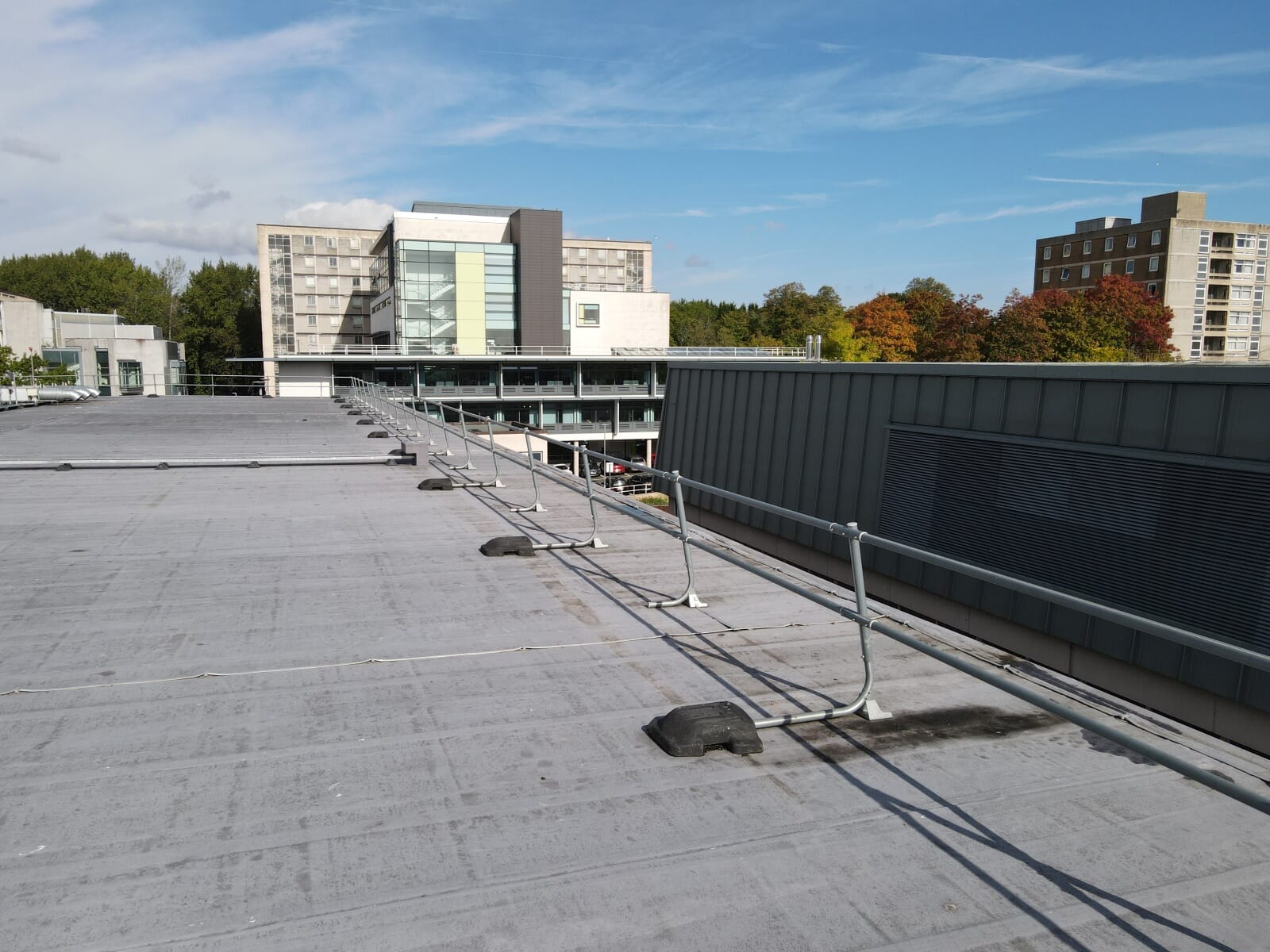
Working at height remains one of the most hazardous tasks in the workplace. According to the HSE, ‘falls when working at height … account for around a quarter of all worker deaths and 8% of all non-fatal injuries every year’.
Various government legislations, including The Work at Height Regulations 2005 and The Building Safety Act height regulations, were introduced to help mitigate the risks associated with working at height – however, many common mistakes are still made on a daily basis that put workers’ lives in danger. Whether it’s using inadequate equipment or failing to provide essential health and safety training, even the smallest oversight can lead to serious accidents or injuries when working at height.
Below, we’ve highlighted some of the most common height safety mistakes and how to avoid them.
Inadequate planning & risk assessment
One of the biggest oversights in health and safety when working at height is failing to conduct a thorough risk assessment before starting a job. Every site and project is different, meaning that all potential fall hazards must be evaluated on an individual basis.
You should always complete a detailed risk assessment during the project planning stage that pinpoints any potential height hazards, and includes safety rules to help mitigate any risks. All the necessary safety measures that you have identified should be successfully implemented before any on-site work begins.
Using the wrong equipment
It’s important to remember that not all working at height safety equipment is suitable for every job. Using inappropriate or faulty equipment, for example using a domestic step ladder for industrial construction work, can lead to dangerous falls and injuries.
To protect against these risks, make sure you create a working at height safety equipment list for each task. Regularly inspect any safety equipment such as handrails, roof guardrails, ladders, scaffolding, and harnesses for any signs of wear and tear, and ensure that all equipment you use is certified for your required height and load capacity.
Lack of proper training
Many height-related accidents occur because workers are not adequately trained. Even the most experienced workers will need regular height and safety training, ensuring they keep up to date with the latest regulatory changes and industry best practices.
Make a plan to provide regular comprehensive heights and safety training programmes for all workers, and offer regular refresher courses to keep your team’s skills and knowledge sharp. You should focus on fostering a safety-first culture where workers feel comfortable asking for guidance, if required.
Neglecting fall protection systems
Modular handrails, roof edge protection systems, and personal fall restraint systems are a legal requirement for many working-at-height scenarios. However, many businesses fail to implement these systems correctly, or wrongly assume that they are unnecessary for quick tasks.
Consider installing roof guardrail systems or safety nets to help protect workers operating on roof tops and prevent falls. You should always use a fall restraint or personal fall arrest system where required, and make sure that workers are educated on how to use fall protection equipment correctly.
Ignoring health & safety ladder regulations
Ladders are one of the most commonly used tools for working at height, but they’re also a frequent source of accidents. The HSE reports that ladders are involved in 40% of all falls from height in the food and hospitality sector alone, and ladder misuse or lack of maintenance significantly contributes to the amount of height-related falls.
When using ladders, make sure you follow all the relevant health and safety ladder height regulations. Ensure that ladders are stable and placed on a secure, level surface, and train your workers on the correct ladder usage. The three-point contact rule should always be followed, wherein contact should be maintained using two hands and one foot, or one hand and two feet at any given time.
Our sister brand, Katt Safety, specialises in producing fixed access ladders that meet the relevant safety regulations, including BS 4211:2005 and BS EN ISO 14122-4:2016. Our in-house regulations experts at both Ezi Klamp and Katt Safety keep up to date with all the latest industry standards, and we are always on hand to provide helpful advice on choosing the right height safety solutions for your project.
Working in poor weather conditions
Working at height in poor weather conditions can dramatically increase the risk of accidents. Heavy rain, strong winds, and ice can make surfaces slippery and reduce visibility, and failing to prepare for these adverse weather conditions can lead to dangerous slips, trips, and falls.
Thanks to its anti-slip nature, our GRP grating is ideal for working at height in extreme weather. It is commonly used on walkways, stair treads, platforms, and various other height-related applications. It has a lifespan of 45 years and is resistant to rust and corrosion, making it a reliable and durable solution for wet weather jobs.
In the run-up to your project, we recommend continuously monitoring the weather forecast, and postpone the work if needed. If the work must go ahead during poor weather, make sure you lay down non-slip materials like GRP grating and provide weather-appropriate Personal Protective Equipment (PPE) where necessary.
Foster a safe working environment with Ezi Klamp
Height safety is not just about ensuring compliance with regulations – it’s about protecting the health and wellbeing of your workers. By recognising these common mistakes and implementing the correct preventative measures, such as prioritising proper height safety training and using the right equipment and materials, businesses can significantly reduce the risks associated with working at height.
Need advice on the correct fall protection systems when working at height? Get in touch with our expert team today and get ready to create a safer working environment for your workforce.
